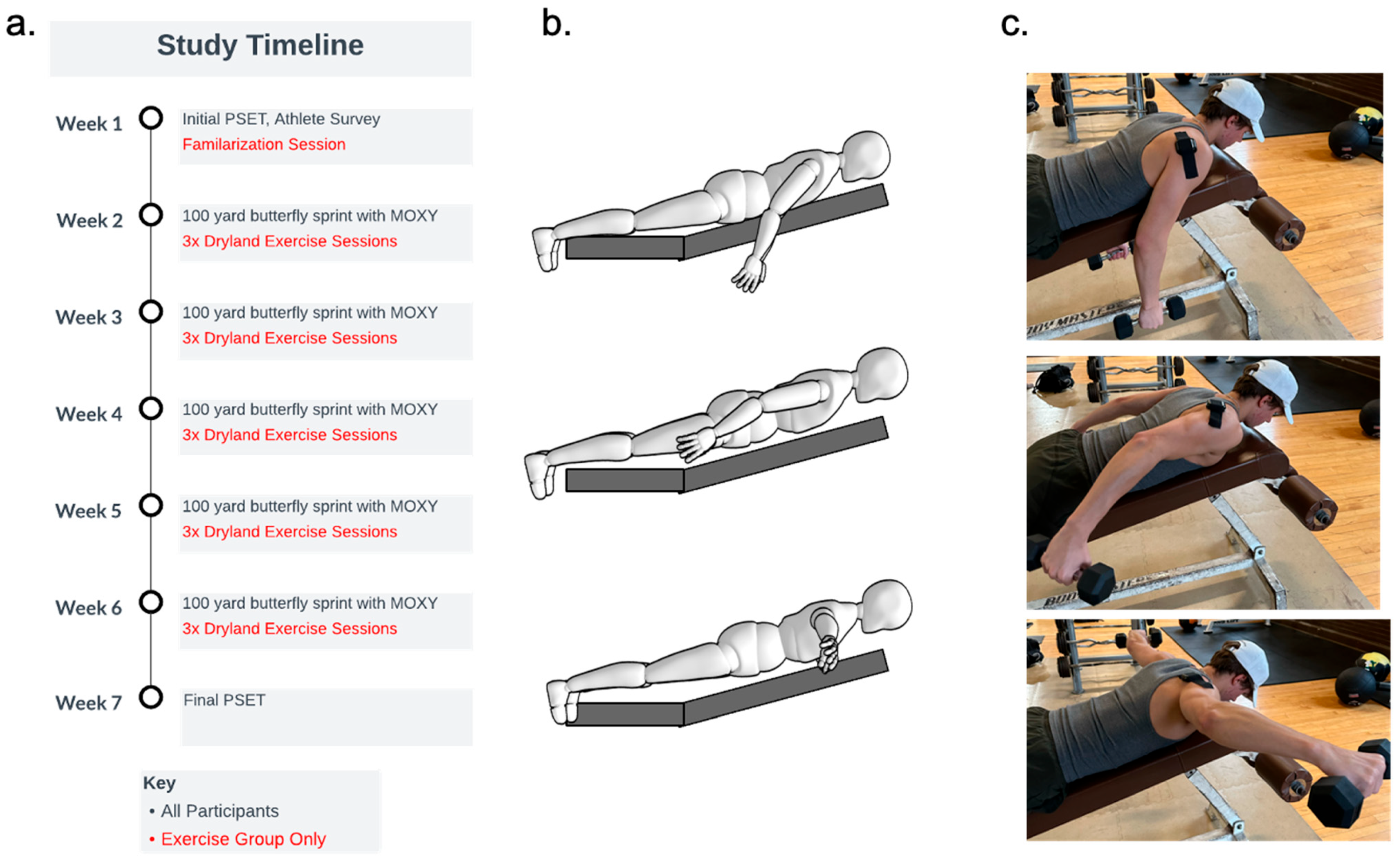Muscle Oxygen Saturation in Division One Swimmers: New Lehigh BioE Publication
Article written by Juliana M., Bioengineering undergraduate student and student office worker in the Department of Bioengineering
Jack Grotke, Austin Alcantara, Joe Amitrano, and Dhruv R. Seshadri of Seshadri Labs recently published an article on their research studying adaptations in muscle oxygen saturation in division one collegiate butterfly swimmers. This article is titled “Functional Exercise Induces Adaptations in Muscle Oxygen Saturation in Division One Collegiate Butterfly Swimmers: A Randomized Controlled Trial” and can be found here.
In this study, the team utilized NIRS SmO2 monitoring technology to formulate a connection between certain exercise interventions, muscular oxygen concentration, and performance. Their five-week study included 12 Lehigh division one butterfly swimmers including randomized control and exercise groups. The exercise group completed exercises mimicking the butterfly stroke's recovery stage: where most shoulder and back injuries occur in swimmers. Their various tests showed that the exercise they introduced decreased SmO2 concentration (increased muscular oxygen concentration) and improved swimming performance; these findings highlight the importance of training specific muscles during dryland training and in practice, can be extremely beneficial for swimmers. This study is especially revolutionary since it is one of the first to use NIRS to monitor SmO2 concentration while swimming: previous research has only collected data immediately after swimming. Although data collected post-swimming can be helpful, monitoring muscular oxygen levels while exercising gave the Seshadri Lab information more relevant to what they were studying.

To complete this study, the researchers first had to obtain Institutional Review Board (IRB) approval. IRB exists to protect the rights of research subjects and to ensure that researchers have ethical practices for obtaining and using participants’ data as well as minimizing overall risk for participants. IRB approval is necessary for any human subject research; the study completed by the Seshadri Lab is considered to be human subject research since they were monitoring individuals and tracking the change in their SmO2 concentration. Having IRB approval, the Seshadri Lab conducted an in-depth study that gathered the data that they need while also maintaining ethical research methods and protecting participants.
The Seshadri Lab team has many individuals, including two undergraduate students Jack Grotke, and Austin Alcantara, and PhD student Joe Amitrano and Faculty advisor Dhruv R. Seshadri. Lehigh University offers many ways to get involved in research (even as an undergraduate student) as well as the resources required to create new advancements in technology and engineering, just as this team did! The Lehigh community also played a significant role in the findings of the Seshadri Lab, as their entire study was based on the participation of the D1 swim team. Their interdisciplinary approach bridges engineering, sports science, and health enhancing athletic performance while also addressing broader implications like injury prevention and rehabilitation.
Advancements such as these are at the forefront of new bioengineering research! While the study mainly focused on benefiting sports science and health, the team also discovered significant limitations to the NIRS devices they were using, such as adhesion during dynamic movement in the water, inability to monitor different muscles at once, and limiting light exposure to the device. All of these factors, although accounted for in the study, impacted data collection and could’ve provided false data had they not been recognized. As more research is conducted using these devices, more limitations will be found that provide crucial insights for biomechanical engineers who can make changes and develop new technologies that allow for more precise data collection in the future.
The research conducted by the Seshadri Lab represents a significant leap forward in our understanding of muscle oxygen saturation in competitive swimmers. By employing NIRS technology in real-time during swimming, they uncovered valuable insights into how targeted dryland exercises can enhance performance. The study’s approach showcases the potential of collaboration between engineering and sports science, paving the way for future advancements in athletic training. While the limitations of the NIRS devices present challenges, they also point toward exciting opportunities for innovation. As the biomechanical engineering field evolves, we can anticipate even more breakthroughs that will continue to expand on technologies used in a research setting. The Seshadri Lab's findings are just the beginning of a transformative journey in bioengineering research!
For more information about the Seshadri Lab, please contact Professor Seshadri. For more questions about the Department of Bioengineering, please contact our team.
